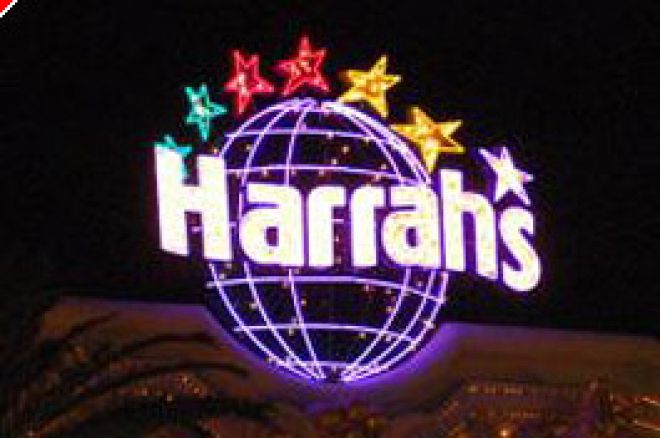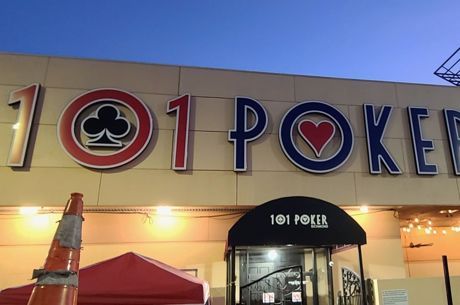Harrah's Earnings: A Look at an Industry Bellwether

Tuesday, Harrah's Entertainment announced their financial results for the second quarter of 2007. For investors, this will be one of the few remaining views into the performance of the world's largest casino operator. On April 5, shareholders approved an offer of $90 per share to sell the company to affiliates of TPG and Apollo Management in a deal that is expected to close sometime late in 2007 or early 2008. With investors already locked and loaded on the sale price, Harrah's current and future earnings will have little sway on the market. But as the largest casino operator and the host of the WSOP, Harrah's continues to be a bellwether for the industry.
At first glance, Harrah's posted stupendous numbers for the quarter; revenues were up 13.8% and profits rose an awe-inspiring 85% in the second quarter when compared to the same period a year earlier. But like most things, the devil is in the details. Harrah's incurred a number of one-time gains that don't necessarily reflect the performance of its operations. For instance, the numbers include one-time insurance claims for their Lake Charles and Grand Casino Gulfport properties, both of which were sold in 2006. Also included in the numbers are the gains from the sale of corporate aircraft. When adjusted for these one-time losses and gains, Harrah's still posted marginally better profits than they did for the same period a year ago, in the range of 1% better.
Casinos have significant property holdings and are often compared to other real-estate intensive industries. In real estate, they often say the three most important words are "Location, location, location." Harrah's earnings report gives us an appreciation for Harrah's, and potentially the industry's, performance variation by location. From their earnings report it appears that the Strip is still hot, but other areas… not so much.
Harrah's Strip properties (including its Rio property, host of the WSOP) posted a 15.5% increase in EBITDA (Earnings Before Interest, Taxes, Depreciation and Amortization). The rest of their Nevada properties, primarily Reno and Lake Tahoe, saw an 11.5% decline in EBITDA. Atlantic City has been reporting a decline in gaming revenues for the last three months, hurt in part by new competition from neighboring New York and Pennsylvania. Harrah's Atlantic City Region performance mirrored the trend with a 15.6% drop in EBITDA. While its Louisiana/Mississippi Region posted a 5.6% gain, the gain in part reflects the fact that the Grand Casino Biloxi was closed for the same period last year. Harrah's also cited strength at their New Orleans properties, but overall weakness in the Tunica, Mississippi market.
Another interesting detail in Harrah's report was the increase in its interest expense this quarter, up 8.9% from the same period last year. Harrah's was able to offset some of its rising debt costs by hedging some of that risk with interest rate-swap agreements. Credit markets are tightening, making expansion projects and leveraged buyouts more costly. Harrah's, like many in the industry, continues to commit to an expansion strategy. They recently announced plans to spend $1 billion to expand and renovate their Caesars Palace property and have unveiled plans to develop the $750 million Margaritaville Casino and Resort in Biloxi, Mississippi with Jimmy Buffett. In the last few years, the casino industry's performance has been aided by cheap credit and soaring real estate values. As those trends reverse, managing interest-rate risk will become more critical to the industry's health and wellbeing.
In a sense it is a shame that Harrah's buyout will occur during a potentially pivotal time for the industry. As a private company, Harrah's will no longer be required to file their financial statements with the Security and Exchange Commission, leaving us with one less window with which to view the industry's health and performance.








